[Retrospective] The Chinese Citroën C2: a tale of market adaptation
- Jérémy

- Jul 31
- 4 min read

Citroën has long conquered roads far beyond its native France, exporting its know-how and stylistic audacity across the globe. However, Citroën's international story is not limited to merely exporting models designed for Europe. In an effort to adapt to local markets or due to specific partnerships, the brand معروف by its "chevrons" (double V-shaped logo) has also produced and marketed vehicles in certain countries that never reached European shores. These often lesser-known models tell a fascinating facet of Citroën's global expansion. This is precisely the focus of our "Citroëns from the Edge of the World" series, inviting you to discover these unique vehicles and their singular histories. Today, we head to China to explore a city car with a familiar name but a surprisingly different DNA: the local Citroën C2.
A C2 with Sochaux origins in the chinese market
When one mentions the Citroën C2 in Europe, the image that immediately springs to mind is that of the small 3-door city car, with its cheerful and distinctive style, technically derived from the first-generation Citroën C3. Launched in 2003, it appealed to a young, urban clientele with its agility and vibrant design. However, thousands of kilometers away, in China, another Citroën C2 was introduced in 2006, but its story and technical underpinnings were radically different. Produced locally by the Dongfeng Peugeot-Citroën Automobile (DPCA) joint venture, this Chinese C2 was, in fact, a heavily restyled Peugeot 206.
This strategic choice might seem surprising, but it is explained by the particular context of the Chinese automotive market in the mid-2000s. In 2006, Citroën enjoyed a more established brand awareness and image in China than Peugeot. Having entered the market as early as 1992, notably with the popular Fukang (a local version of the ZX), Citroën had had ample time to build a relationship with Chinese customers and develop its network. Peugeot, although a partner within DPCA, had a more recent presence and lesser recognition. Therefore, to maximize the chances of success for a city car based on the 206 platform, it was deemed more pertinent to market it under the Citroën brand, which was perceived as stronger. This "badge engineering" operation also made it possible to leverage an existing and proven platform while offering a distinct Citroën model in the B-segment, complementing older models like the Fukang or more upmarket ones like the C-Elysée.
Style, engines, and thwarted ambitions of the Chinese C2
The transformation of the Peugeot 206 into the Citroën C2 for the Chinese market was not limited to a simple logo swap. Design teams were tasked with integrating Citroën's stylistic codes, particularly on the front end. The Chinese C2 thus featured a prominent grille incorporating the chevrons, redesigned headlights that were more elongated and assertive than those of the 206, and a specific bumper. While the general profile, especially the roof arch and doors, unequivocally betrayed its lineage with the Sochaux-designed city car, the rear also received a distinctive treatment with redesigned taillights and a modified tailgate to assert its Citroën identity. The overall look aimed to be more modern and perhaps slightly more upscale than the 206 from which it was derived, which, incidentally, continued its career in parallel under the Peugeot brand in China.
Inside, the differences were less pronounced. The general dashboard design of the 206 was retained, but Citroën added its touch with specific trim materials, distinctively designed upholstery, and, of course, the chevron logo on the steering wheel. The goal was to create a distinct atmosphere consistent with Citroën's image. Under the hood, the Chinese C2 used proven petrol engines from the PSA Group's parts bin: primarily a 1.4-liter unit producing 75 horsepower and a 1.6-liter unit delivering 106 horsepower, mated to either manual or automatic transmissions.
Launched with the ambition of attracting a young and dynamic clientele in China's rapidly expanding metropolises, the "made in China" Citroën C2 aimed to capture a share of the highly competitive small car segment. Prices were set to be attractive, positioning it slightly differently from its cousin, the Peugeot 206. Despite a respectable start, with around 40,000 units sold during its first two years on the market, the C2 did not achieve the long-term success that had been hoped for. Sales gradually declined, and production eventually ceased around 2013, without its total volume leaving an indelible mark.
Ultimately, the rebadging operation of the Peugeot 206 into the Citroën C2 for the Chinese market was not the resounding success Dongfeng Peugeot-Citroën Automobile had anticipated. Several factors can explain this mixed performance. Firstly, competition was fierce in this segment, with local manufacturers often offering cheaper models. Secondly, and perhaps most crucially, Chinese consumer expectations evolved rapidly. While small city cars had their moment, the underlying trend in the Chinese market has always been, and remains, a strong preference for more spacious vehicles, offering better interior room and a larger trunk, often synonymous with higher social status.
The Citroën C2, with its compact dimensions inherited from the 206, was more tailored to European standards and needs than to the aspirations of a Chinese clientele seeking space and versatility. Despite its intrinsic qualities and differentiated style, it failed to establish a lasting presence. Unlike other Citroën models that achieved significant success in China, such as the C-Elysée or later the SUVs, the C2 did not have a direct successor bearing this name or adopting this concept. This experience clearly illustrates the complexity of adapting to local markets and the critical importance of accurately understanding specific consumer desires, particularly in a market as dynamic and demanding as China's. Nevertheless, it remains an interesting testament to Citroën's strategy for expanding its global footprint.


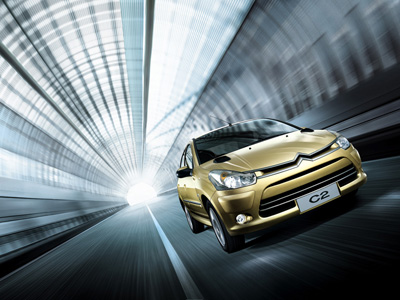
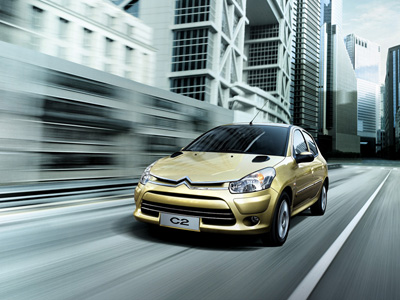
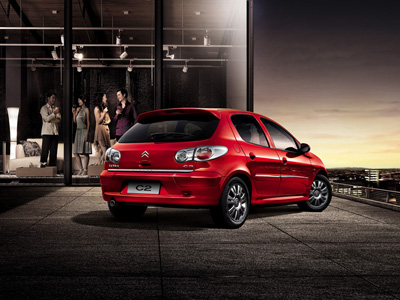
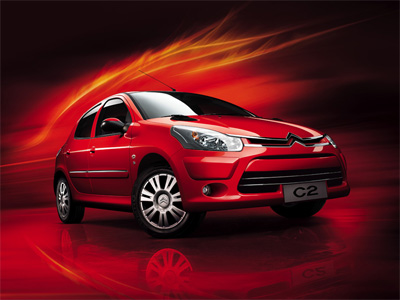
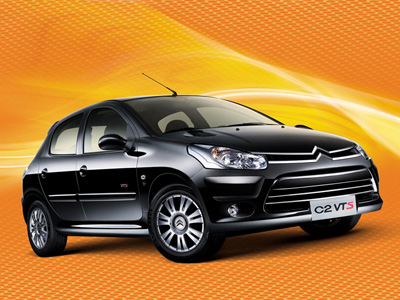
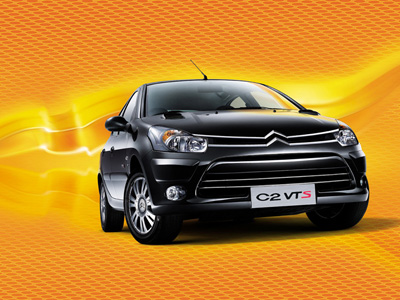




Comments